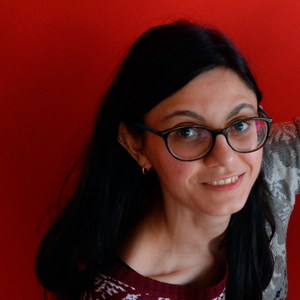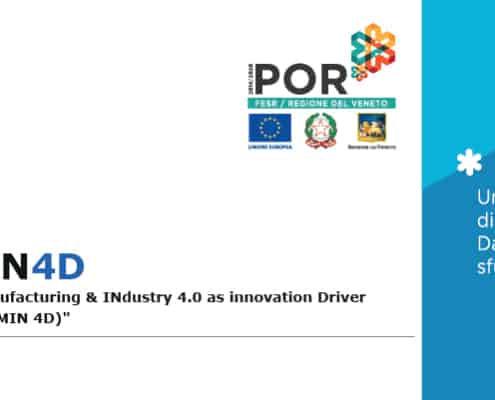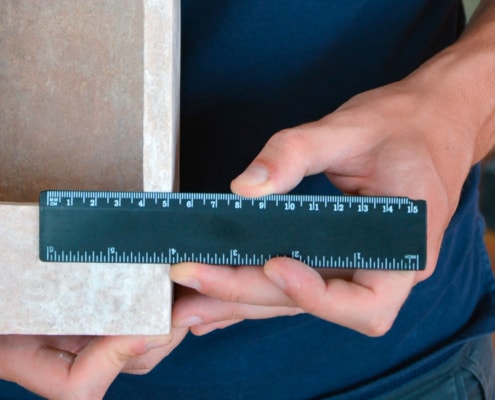INTERVIEW WITH AN ADDITIVE MANUFACTURING MAN, PROF. DR. JENS GÜNSTER FROM BAM
BAM, Desamanera and the printer Desa1
Since May, 28 and for the next weeks, Prof. Jens Günster from BAM was here in Desamanera, and we just cannot let the opportunity of a chat slip out. He’s the Director of Division Ceramic Processing and Biomaterials of BAM, a senior scientific at technical federal institute for Materials Research and Testing in Berlin, Germany.
BAM is the higher authority in research in Germany and develops technology, chemistry, physics, and not only; it’s about renewable energy, safety tests from construction to food, nanotechnology, eco-design, efficiency of light and much more.
Its purpose is the growth of local and international markets through the improvement of material goods quality, setting safety standards, promoting the culture of respect for the environment and advising companies, industries, national and international organizations, German government too.
One of the projects in which he’s involved is AMITIE – Additive Manufacturing Initiative for Transnational Innovation in Europe – thanks to which we met him and his team and started a collaboration last year.
AMITIE is a project funded by EU H2020 Reseach & Innovation Programme. It brings together leading academic and industrial European players in the fields of materials science, processes, surfaces characterizations, AM technologies and associated numerical simulations, who will develop a new paradigm for production of multiscale, multimaterial and multifunctional ceramic-based objects. Desamanera is one of the partners involved, as well as BAM.
Welcome back in Desamanera, Prof. Günster. It’s not the first time you’re here. In a few words, what are the opportunities that AMITIE opens up to you and what are your expectations from it?
AMITIE gives us the opportunity not only to visit the best companies working in the field of additive manufacturing within Europe, but to gain insights into their AM activities and support them with our know-how, even “hands on”. Therefore I expect to learn a lot about AM business within Europe and to help improving AM processes.
What is your role in this project? What do you like the most of it?
Within the collaboration with Desamanera we work on improving the 3D printing technology Desamanera is using, which is one of the rare examples of 3D printing of large voluminous parts from stone for artistic use. The simplicity and effectiveness of the process are stunning. We help to further improve the process in terms of productivity and quality of products.
Inspired scientist
You took here in Desamanera two members of your team, PhD student Janka Wilbig and Dr. Ing. Andrea Zocca. What does each of you take care of?
Janka: I’m used to work with Additive Manufacturing in very small dimensions using bioceramic materials to produce fragile parts, e.g. for bone regeneration applications. As an early stage researcher within the AMITIE project I got the opportunity to visit Desamanera and to broaden my mind by getting introduced to large scale manufacturing, which is very impressive. During our visit, we try to find ways to further improve the small and large scale processes by comparing them.
Andrea: As a Post-Doc at BAM, I am working since several years on the development of novel processes for the Additive Manufacturing of traditional and advanced ceramic materials. Many research groups focus on producing small and very precise ceramic parts, but our aim is to expand the application field to high quality components with a size of tens of centimeters. For this reason, it is very fascinating to get in contact with Desamanera’s approach to produce even larger parts up to meters in size for artistic and architectural applications.
The AMITIE project is a very useful opportunity to expand our knowledge through collaboration and exchange of ideas. This will hopefully further bring together research and industry to make one day a reality the vision of Additive Manufacturing of ceramics from below 1 millimeter to more than 1 meter.Jens: A major aim of the AMITIE project is networking in-between research and academia. Besides research, academia also involves teaching and training on all levels. Therefore, it is important that not only experienced senior researchers are taking advantage of the AMITIE project but also researchers on post doc and PhD students level. Especially for young researchers the experience of commercial and industrial application of AM is very valuable and will definitely help them making the right decisions in their career development.
BAM and Desamanera team
It’s been a long time that you are working with Desamanera’s crew and at this point you may have a full awareness of its key elements and its position in the additive manufacturing industry.
What do you think are the strong points of Desamanera’s technology and materials? And the weak points? Be sincere! ;-)
I think the combination of a simple, cost-effective and robust process for the additive manufacture of voluminous parts from stone and construction materials, such as concrete, is unique in-between all AM activities worldwide. Giving the printed parts a high-end, artistic surface finish by a post processing based on masterly craftsmanship allows Desamanera to address many markets from arts to construction industry.
A big challenge of course is gaining sufficient visibility to survive in a booming field, as AM is growing so fast and there are so many new creative ideas entering the market that it is difficult attracting the required attention. We also would like to help with that.
How do you think AMITIE project will translate into your researches and everyday job? And how will it improve Desamanera’s systems and materials?
Especially for the younger members of my team, it is very valuable to learn how AM business works and within this respect the project will encourage young researchers to think about own marketing strategies of their developments. The AM market is young and very fast growing and within the EU we need fresh ideas for creating new products and jobs. In that sense, I am confident that we and Desamanera will benefit from the AMITIE project.
What do you think are the industries that could benefit a lot from Desamanera’s Additive Manufacturing?
I think Desamanera can address a variety of industries, from the most creative as art and design to the most functional as construction industry or environment and culture protection. I am also confident that Desamanera can be very competitive regarding price of their products, as their manufacturing process is uniquely fast and efficient.
We know you’re a science man, but the last question is about prediction. What is the field you think will be changed the most by Desamanera’s technology?
This question is difficult to answer, as I see Desamanera products used in infrastructural applications, such as sewage systems, as well as in arts. I think there is not “the” industry which will be influenced by Desamanera technology, but there will be many niches which will find in Desamanera’s portfolio a perfect fit.
We are aware that this is the way and so we keep on actively listen to every new insight suggested.
Thank you very much Janka, Andrea, Jens. See you next time!
Published on 20th June 2018









